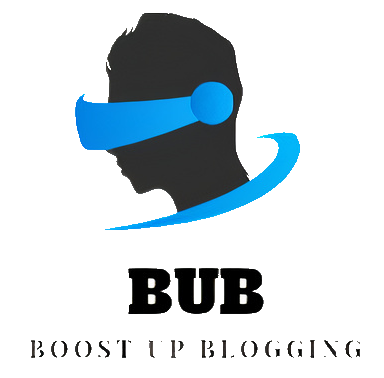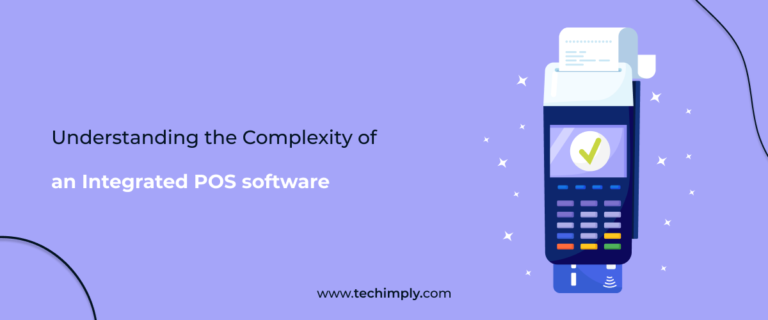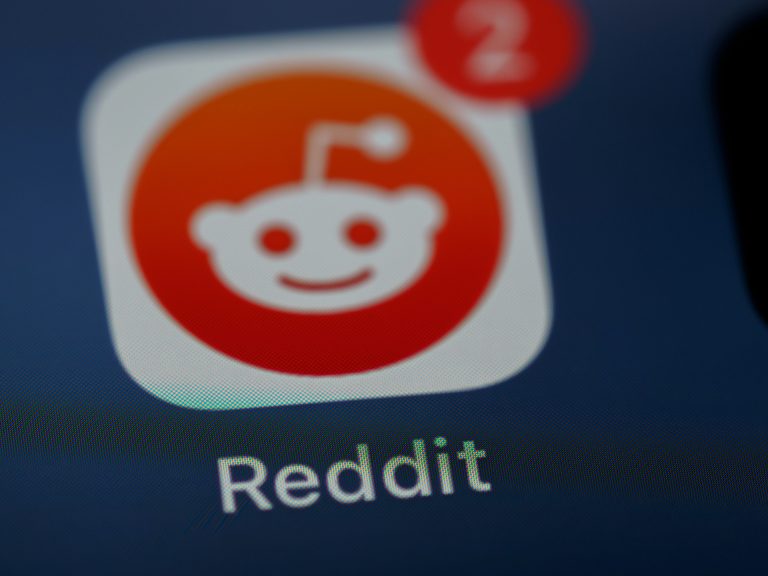Comparison of Open Source Web Crawlers for Data Mining and Web Scraping: Pros&Cons
Web crawling and scraping are essential techniques for extracting valuable data from websites. They find applications in various domains such as market research, competitive analysis, and content aggregation. Open-source web crawlers provide accessible and customizable solutions for data mining. In this article, we’ll compare some popular open-source web crawlers, highlighting their pros and cons to help you choose the right tool for your specific needs.

1. Scrapy
Pros:
– Robust and Scalable: Scrapy is a powerful and fast web crawling framework capable of handling large-scale scraping tasks.
– Built-in Support for Asynchronous Requests: It can make asynchronous requests, improving efficiency and speed.
– Active Community and Documentation: Scrapy has a large user community, providing extensive documentation, tutorials, and forums for support.
– Flexibility and Extensibility: It allows for custom middleware and pipeline development, making it highly adaptable to specific scraping requirements.
Cons:
– Learning Curve: For beginners, Scrapy might have a steeper learning curve compared to other tools.
– JavaScript Rendering: Scrapy does not have built-in support for JavaScript rendering, which may be a limitation for sites heavily reliant on client-side rendering.
2. Beautiful Soup
Pros:
– Simplicity and Ease of Use: Beautiful Soup is known for its simplicity, making it a great choice for beginners.
– Parse HTML and XML: It excels at parsing HTML and XML documents, allowing for easy extraction of specific elements.
– Integration with Requests: Beautiful Soup is often used in combination with the Requests library for web scraping tasks.
Cons:
– Not a Full Crawling Solution: Beautiful Soup is primarily a parsing library and not a full-fledged web crawling framework. It lacks the ability to make HTTP requests or handle advanced crawling tasks.
3. Apache Nutch
Pros:
– Comprehensive Web Crawling Solution: Apache Nutch is a complete web crawling and scraping framework, capable of handling complex crawling tasks.
– Distributed Crawling: It supports distributed crawling, enabling the processing of large datasets across multiple machines.
– Plugin Architecture: Nutch’s plugin system allows for the integration of various extensions and customizations.
Cons:
– Java-Based: Nutch is written in Java, which may not be the preferred language for all developers. This can affect its accessibility to some users.
– Complex Configuration: Setting up and configuring Nutch for specific tasks may require a deeper understanding of its architecture.

4. Heritrix
Pros:
– Archival Capabilities: Heritrix is designed with web archiving in mind, making it a suitable choice for preserving web content.
– Highly Configurable: It offers extensive customization options, allowing users to fine-tune the crawling process according to their needs.
Cons:
– Java-Based: Similar to Apache Nutch, Heritrix is Java-based, which may be a barrier for developers comfortable with other languages.
– Steep Learning Curve: Due to its focus on archiving, Heritrix may have a steeper learning curve for users primarily interested in web scraping.
5. Octoparse
Pros:
– User-Friendly Interface: Octoparse features a user-friendly visual interface that allows users to build scraping tasks without any coding knowledge.
– Supports JavaScript Rendering: It has the ability to render JavaScript, which is crucial for scraping websites that heavily rely on client-side rendering.
– Cloud Extraction: Octoparse offers cloud-based extraction, enabling users to run scraping tasks on Octoparse’s servers, which can be particularly useful for large-scale projects.
Cons:
– Limited Free Tier: While Octoparse offers a free version, it has limitations on the number of pages that can be scraped and the frequency of scraping tasks.
– Dependent on the Octoparse Platform: Users are reliant on the Octoparse platform, which may be a consideration for those looking for a more self-hosted solution.
6. WebHarvy
Pros:
– Point-and-Click Interface: WebHarvy provides a point-and-click interface for creating scraping agents, making it accessible to users without extensive coding knowledge.
– Multi-Level Scraping: It supports scraping data from multiple levels of a website, allowing for more comprehensive data extraction.
– Regular Expression Support: WebHarvy offers regular expression support, providing advanced users with powerful tools for data extraction.
Cons:
– Windows Only: WebHarvy is designed for Windows, which may be a limitation for users on other operating systems.
– Limited Free Trial: While there is a free trial version available, it has limitations on the number of pages that can be scraped and the frequency of scraping tasks.
The choice of an open-source web crawler ultimately depends on your specific requirements, technical expertise, and project goals. Scrapy stands out for its versatility and robustness, making it a popular choice for many scraping tasks. Beautiful Soup is excellent for parsing HTML and XML documents, while Apache Nutch and Heritrix are powerful options for more complex crawling and archiving needs.
Ultimately, each of these tools has its strengths and weaknesses, and the best choice will depend on the nature and scale of your web scraping project. It’s recommended to explore and experiment with different tools to find the one that best suits your specific needs. Remember to always abide by ethical and legal guidelines when conducting web scraping activities.





